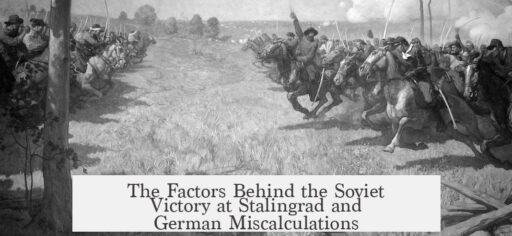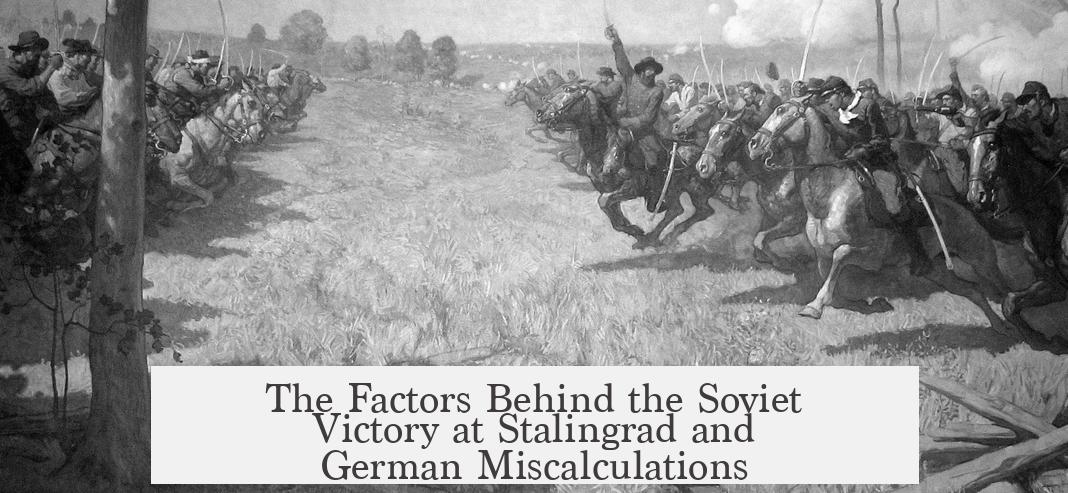The Battle of Stalingrad was won by the Soviets primarily because of the German overextension, underestimation of Soviet strength, and critical weaknesses in German flank defenses which allowed a successful Soviet encirclement known as Operation Uranus. The Germans did not predict or prepare effectively for the encirclement due to a combination of strategic miscalculations, poor intelligence interpretation, and reliance on insufficiently equipped allied troops to guard their vulnerable flanks.
The German summer offensive of 1942, Case Blue, aimed to capture the Soviet oil fields in the Caucasus. Army Group South was split into Army Groups A and B. While Army Group A advanced southward, Army Group B was tasked with securing the northern flank by capturing Stalingrad. This strategic decision, driven by Hitler’s insistence, ignored intelligence reports that indicated a strong Soviet presence and underestimated the Red Army’s resilience.
Army Group B faced difficult urban combat in Stalingrad that drained German manpower significantly. By mid-November 1942, despite capturing most of Stalingrad, the Sixth Army had suffered tens of thousands of casualties. This heavy toll weakened German forces precisely when Soviet plans for a counteroffensive were taking shape.
The key German vulnerability lay in their flanks. Instead of protecting the sides of their forces in Stalingrad with well-trained and equipped troops, the Germans delegated flank defense to their Axis allies: Romanian, Hungarian, and Italian units. These forces were poorly armed and unequipped, tasked with defending an extensive front area exceeding 200 miles in some sections. The Romanian Third and Fourth Armies in particular were ill-prepared to resist a mechanized assault.
Soviet commanders exploited this weakness. They gathered over 1.1 million troops for Operation Uranus, targeting these exposed flanks on November 19, 1942. Romanian forces quickly collapsed under the assault, creating breaches that allowed the Soviets to encircle the German Sixth Army and parts of other Axis forces by November 23.
German commanders were caught off guard partly because they believed the Soviets could not launch two simultaneous offensives. While Operation Uranus was encircling Stalingrad, the Soviets also launched Operation Mars against the German Ninth Army elsewhere. This misjudgment showed the German High Command’s flawed assessment of Soviet capabilities.
Even if German intelligence had been perfect, the lack of reserves and stretched supply lines made halting the Soviet breakthrough unlikely. The Germans had transferred some mechanized units away from the Eastern Front to Western Europe, further weakening their ability to respond. The Fourth Panzer Army remained the only formation capable of mounting an effective counterattack to save the encircled troops.
After the encirclement, Hitler ordered the Sixth Army to hold its position and be resupplied by air. This airlift was inadequate due to limited transport aircraft and severe Soviet anti-aircraft operations. Attempts to relieve the encircled army, like Operation Winter Storm, failed as German forces were too thin and under-equipped. The Soviets launched Operation Little Saturn, breaking through German lines and forcing further Axis retreats.
The prolonged urban warfare before the encirclement and the strategic missteps had exhausted German resources and weakened their forces beyond recovery. The dependence on Axis allies to guard critical flanks and the underestimation of Soviet resolve and planning sealed the German fate at Stalingrad. The battle marked a turning point, showcasing that invading Russia over vast territory with stretched forces risked overextension and disaster.
| Factor | Impact on German Failure to Predict/Prepare |
|---|---|
| Strategic Overextension | Splitting Army Group South and advancing deep into hostile territory stretched German forces thin. |
| Flank Defense by Axis Allies | Poorly equipped Romanian, Hungarian, and Italian troops could not hold extensive fronts against Soviet attacks. |
| Underestimation of Soviet Capabilities | German command believed Soviets couldn’t launch large scale simultaneous offensives. |
| Lack of Reserves | Mechanized units transferred away reduced ability to respond to Soviet breakthroughs. |
| Hitler’s Commands | Orders to capture and hold Stalingrad at all costs drained resources and restricted tactical flexibility. |
- The Germans lost Stalingrad due to strategic overreach and exhausted forces.
- Weak flank defenses by Axis allies enabled Soviet encirclement.
- German commanders underestimated the Soviet ability and intentions.
- Inadequate reserves and misjudged intelligence reduced German reaction capabilities.
- Hitler’s orders to hold positions prevented tactical withdrawal or effective counterattack.
How and Why the Battle of Stalingrad Was Won? (The German Blind Spot on the Soviet Encirclement)
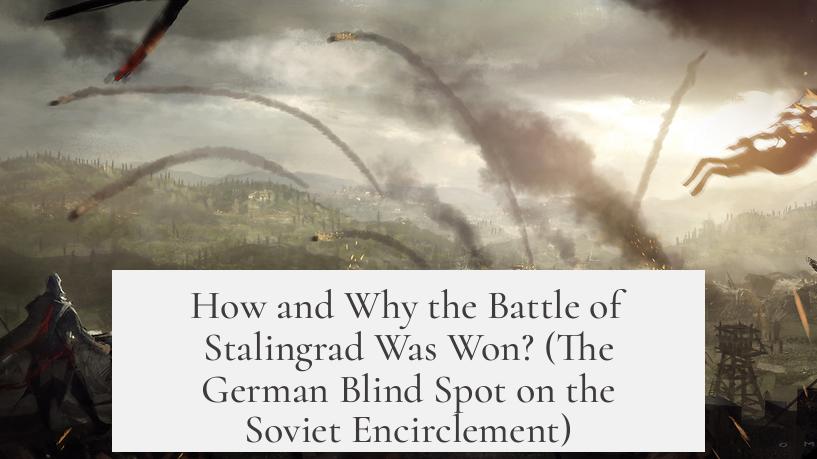
The Germans lost the Battle of Stalingrad mainly because they overextended themselves, underestimated Soviet strength, and relied on weak flank defenses, making it impossible to prevent the Soviet encirclement with Operation Uranus. Now, that’s the short slice of this massive historical pie. But let’s dig deeper into how this colossal defeat unfolded, and why the Germans didn’t predict or prepare for it—because the story is more than just surprise; it’s about a series of strategic miscalculations and misplaced confidence.
Stalingrad isn’t just a battle. It’s a masterclass in how overreach and poor planning can lead to disaster. So, buckle up as we unravel why this pivotal World War II clash turned so disastrously for the Germans and how the Soviets pulled off what many thought impossible.
A Big Overreach: Case Blue and the Puzzle of Army Group South
Back in the summer of 1942, Germany launched Case Blue, a daring summer offensive targeting the rich oil fields of the Caucasus. Army Group South was split in two: Army Group A charged southward for the oil, and Army Group B pushed east toward the Volga River, with Stalingrad in sight.
At first, the plan looked brilliant. Army Group A raced ahead, but the Soviets had a nasty surprise for them—a scorched earth policy. So, while the Germans dreamed of oil and fuel, the fields around Grozny and Maykop lay in ashes, dashing hopes of supplying their war machine through captured resources.
Meanwhile, Army Group B shuffled slowly toward Stalingrad. Hitler insisted that capturing the city was paramount—not just for resources but for securing the northern flank of Army Group A. This decision, driven by his stubborn strategic insistence, added a precious resource drain. Many historians argue that this very choice was the war’s turning point. When you’re fighting a city street by street, resources bleed fast and morale gets tested like never before.
Six Weeks of Urban Hell: The Grind of Fighting in Stalingrad

The German Sixth Army reached Stalingrad’s outskirts after a slow six-week push. From September 12, house-to-house fighting began. It was brutal and slow; both sides suffered tens of thousands of casualties. Imagine crawling through rubble, facing snipers in every shadow and surprise attacks from cellars and basements. This wasn’t rapid blitzkrieg; it was a brutal, grinding war of attrition.
By mid-November, German forces held most of the city but were severely weakened. The snow and cold crept in, as did starvation and exhaustion. Their grip on Stalingrad had cost so much that they barely had a safety net left—and that, dear readers, set the stage for disaster.
The Developing Vulnerability: Flanks Left to Allies
The real German Achilles’ heel wasn’t the fight inside the city walls; it was outside—the flanks. And guess who was guarding those? Mostly Romanian, Hungarian, and Italian troops. These allies were ill-prepared: poorly equipped, lacking training, and spread thin over wide fronts.
The Germans, stretched thin themselves, reinforced these flanks with only token support—a couple of divisions here and there. The flanks stretched like a rubber band about to snap over an enormous battlefront area, sometimes holding as few as 50 men per mile! That’s barely enough to cover a backyard fence, let alone resist a Soviet mechanized offensive.
The Soviets noticed this gaping weakness. Their commanders weren’t shy about sharing their intelligence on German flanks’ weakness. Frontline reports warned of Soviet buildup nearby, but German high command dismissed these as harmless. They were wrong—dead wrong.
Why Didn’t the Germans See This Coming?
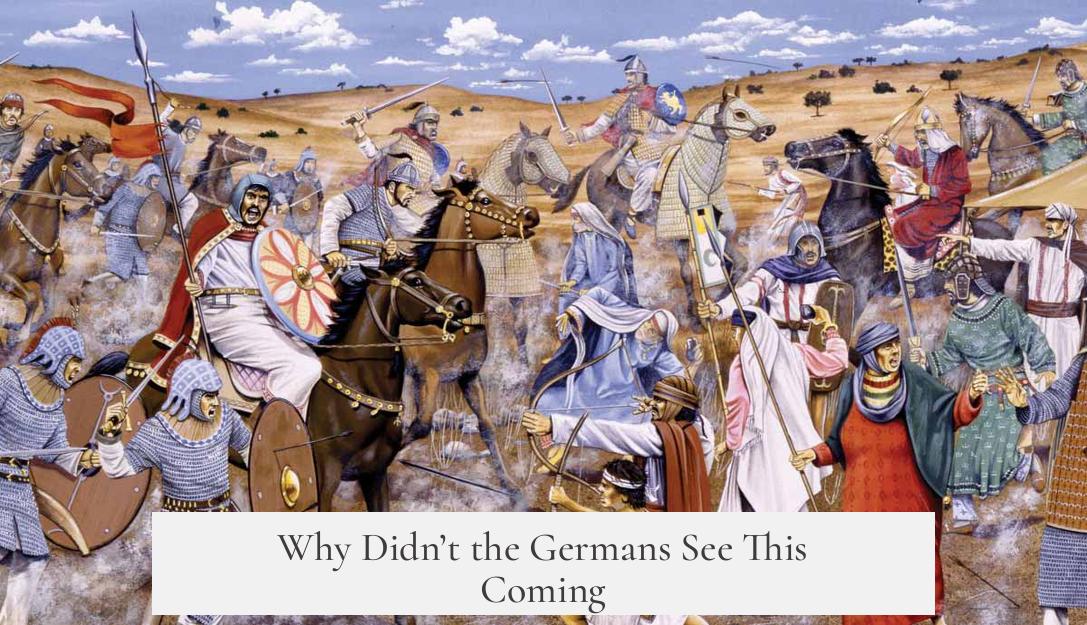
So, was it ignorance? Hubris? A bit of both.
- Intelligence failures: The Germans underestimated Soviet capability and willpower. They wrongly believed the Soviets couldn’t mount two simultaneous major offensives, leading to lax attitudes toward Soviet troop buildups.
- Hubris of Command: Hitler and his generals thought they had the strategic upper hand. Hitler’s stubborn focus on seizing and holding Stalingrad drained resources, creating vulnerabilities no general can ignore.
- Overcommitment and Overextension: Splitting forces between the Caucasus oilfields and Stalingrad spread their troops too thin, sapping their ability to concentrate defensive firepower.
- Reliance on Weaker Allies: Entrusting flank defense to poorly-equipped Romanian and Hungarian units was a risky bet. These forces couldn’t hold against the Soviet mechanized shock troops.
- Lack of Mechanized Reserves: The few mobile units that could reinforce or react quickly had been shifted elsewhere, including the Western Front, leaving Stalingrad even more exposed.
All this added up to a lethal blind spot—a blind spot the Soviets exploited with brilliant timing and scale.
Enter Operation Uranus: The Soviet Masterstroke
On November 19, 1942, the Soviets launched Operation Uranus. Imagine over one million men ready to strike. On the flanks, the Romanian forces crumbled within two days, unable to resist the hardcore Soviet mechanized armies. The Germans scrambled but couldn’t plug the huge gaps.
By November 23, more than a quarter of a million Axis troops were encircled in Stalingrad. That included nearly the entire German Sixth Army, parts of the Fourth Panzer Army, and remnants of Romanian and Hungarian armies.
This was no minor setback. It was cataclysmic.
How Did the Germans Respond? The Ill-Fated Attempts to Rescue Stalingrad

With their Sixth Army trapped, Hitler ordered them to stand fast. His plan? Supply the encircled troops by air and launch external relief operations.
The result was Operation Winter Storm, a German counteroffensive by underequipped forces that failed to break through Soviet lines. At the same time, the Soviets launched Operation Little Saturn, pushing back German forces further and encircling additional Axis armies.
By this stage, the Sixth Army was too weak and short of supplies to even consider breaking out. The grim reality was sinking in: surrender was almost inevitable.
Lessons Learned: Why Stalingrad Was Doomed from the Start
“The Germans sowed the seeds of their own demise before the battle even erupted—overcommitment, pushing beyond logistic limits, neglecting vulnerable flanks defended by unreliable allies, and underestimating the enemy’s resilience.”
Stalingrad teaches a hard truth about warfare: fighting a vast territory like Russia requires careful resource balancing. Hubris and stubbornness in leadership can turn strategic choices into fatal mistakes. And ignoring your flanks? That’s a cardinal sin—even in the chaos of urban combat.
Think about it: Would the Germans have stopped the Soviets if they had known Operation Uranus’ exact date? Probably not. Even perfect knowledge couldn’t compensate for overstretched forces with inadequate backup and glaring weaknesses.
Practical Takeaways from the Historical Turning Point
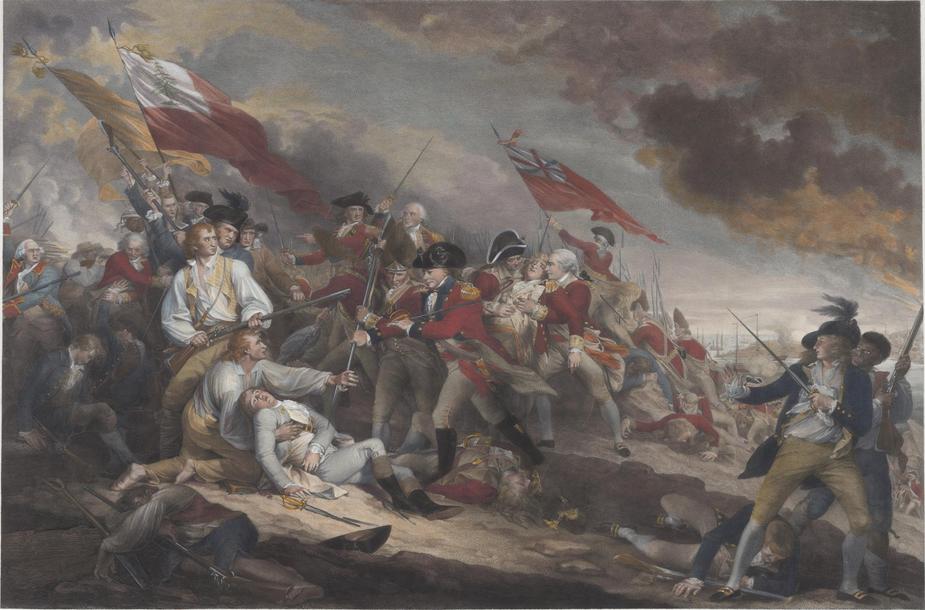
- Watch Your Flanks: Even the mightiest armies crumble if flanks are underprotected. Over-reliance on unreliable allies without proper reinforcement invites disaster.
- Don’t Stretch Too Thin: Ambitious offensives must consider supply lines and available reserves; ignoring this wears down combat effectiveness.
- Respect Your Opponent’s Capabilities: Hubris clouds judgment. Underestimating the enemy can blindside even experienced commanders.
- Tactical Flexibility Matters: In warfare, rapid and flexible response beats rigid standfast orders. Stubbornness on doctrine can seal defeat.
A Final Thought: How Did the Soviets Pull Off Such a Coup?
The Soviets took full advantage of German mistakes. They massed a huge, well-coordinated force where the Germans were weakest. Their planning was meticulous, integrating intelligence and surprise carefully. And while maintaining brutal resistance inside Stalingrad, they launched a pincer movement on the flanks that crushed the Axis “paper” defenses.
In the end, the Battle of Stalingrad was less about Germans being completely blind and more about them being hamstrung by their own strategic prisoners—overextended forces, poor flank defenses, and hubristic leadership that refused to adapt.
Want to avoid being trapped—whether in strategy, battle, or life? Never lose sight of your flanks. Sometimes, the seemingly quiet edges hide the biggest threats.
Why did the Germans fail to predict the Soviet encirclement at Stalingrad?
German commanders underestimated Soviet strength and believed the Axis allies on the flanks could hold. They received reports of Soviet buildups but dismissed them, wrongly thinking the Soviets couldn’t launch simultaneous offensives.
How did the German decision to focus on Stalingrad weaken their position?
Hitler’s order to capture Stalingrad stretched German forces thinner. It committed precious troops and resources and left flanks exposed, relying on weaker Axis allies who were poorly equipped to defend against Soviet attacks.
Why were the German flanks vulnerable to Soviet attack during Operation Uranus?
The flanks were held mostly by Romanian, Hungarian, and Italian troops who lacked training and modern equipment. The Germans provided minimal reinforcements, making these positions easy targets for the Soviet counteroffensive.
Could better German intelligence have prevented the encirclement?
Even with perfect intelligence, stopping Operation Uranus was unlikely. The Germans were overextended and had transferred key mechanized units elsewhere, leaving few reserves to counter the massive Soviet offensive on the flanks.
What role did the Axis allies play in the failure of the German defense?
Axis allies defended long, exposed stretches of front with insufficient troops and outdated weapons. Their rapid collapse under Soviet attack allowed the Red Army to encircle the German Sixth Army quickly.
